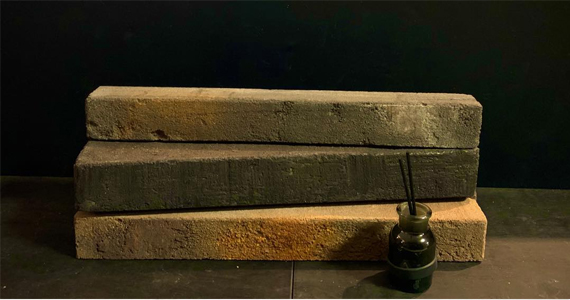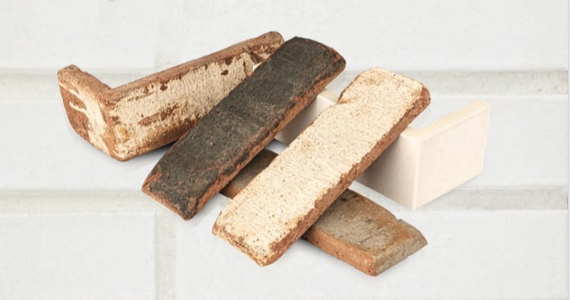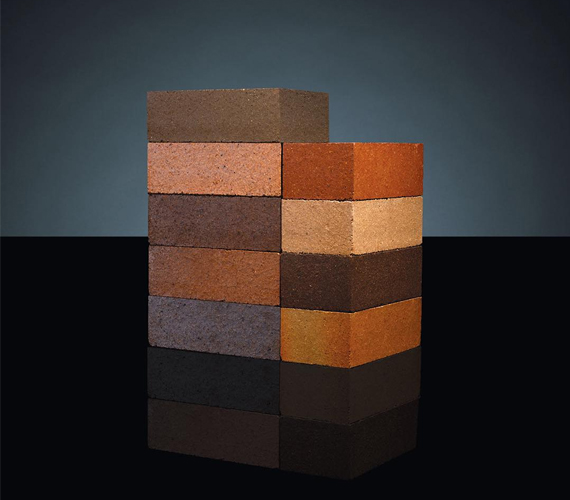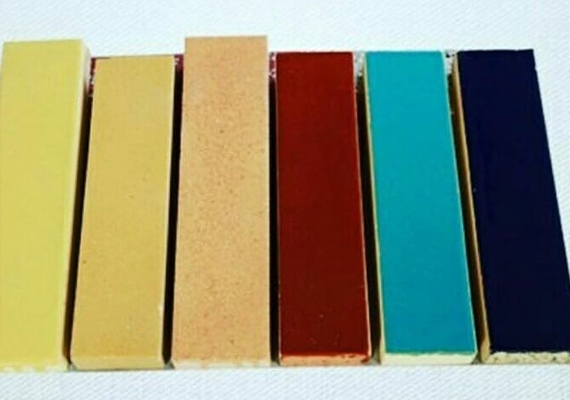As the name suggests, hand-form bricks were once made by hand .Today, the process is carried out by a machine that mimics the traditional hand-forming technique. The machine rolls the clay into a layer of sand, before inserting it into a mould. This creates folds that, after the firing process, give that typical, grained texture that is unique to hand-form bricks. See the video and learn more about the production process for hand-form bricks.

As the name suggests, hand-form bricks were once made by hand .Today, the process is carried out by a machine that mimics the traditional hand-forming technique. The machine rolls the clay into a layer of sand, before inserting it into a mould. This creates folds that, after the firing process, give that typical, grained texture that is unique to hand-form bricks. See the video and learn more about the production process for hand-form bricks.

The name of this special moulding technique refers to the use of (atomised) water. The machine immediately wets the clay to give the brick a special, lightly structured texture. The visible surface of a waterstruck brick is not smooth, but has slight texture.

In contrast to the hand-form and waterstruck brick, the wirecut brick is not placed into a mould or compressed. Instead, the machine presses the clay into a long column and cuts it to the size of bricks. The machine can be equipped with different nozzles and cutting benches, allowing the bricks to be cut into different shapes and sizes. A wirecut brick is usually smooth and angular . During the production process, the forms can be worked with a roller to give them a special texture.
